Comprehensive Analysis: Brexit's Impact on the Retail Industry
VerifiedAdded on 2022/09/01
|7
|499
|35
Report
AI Summary
This report analyzes the impact of Brexit on the retail industry. It explores the economic uncertainty created by Brexit, specifically how it affects the supply chain and financial health of retail businesses. The report references studies and reports that highlight the risks associated with Brexit, such as the increased likelihood of sourcing from high-risk countries, the rise in global procurement uncertainties, and the potential for import barriers and other non-tariff hurdles. The report concludes by emphasizing the ongoing challenges and the need for businesses to adapt to the changing landscape. The analysis includes references to academic and business publications that support the findings and provide further context to the implications of Brexit.
1 out of 7
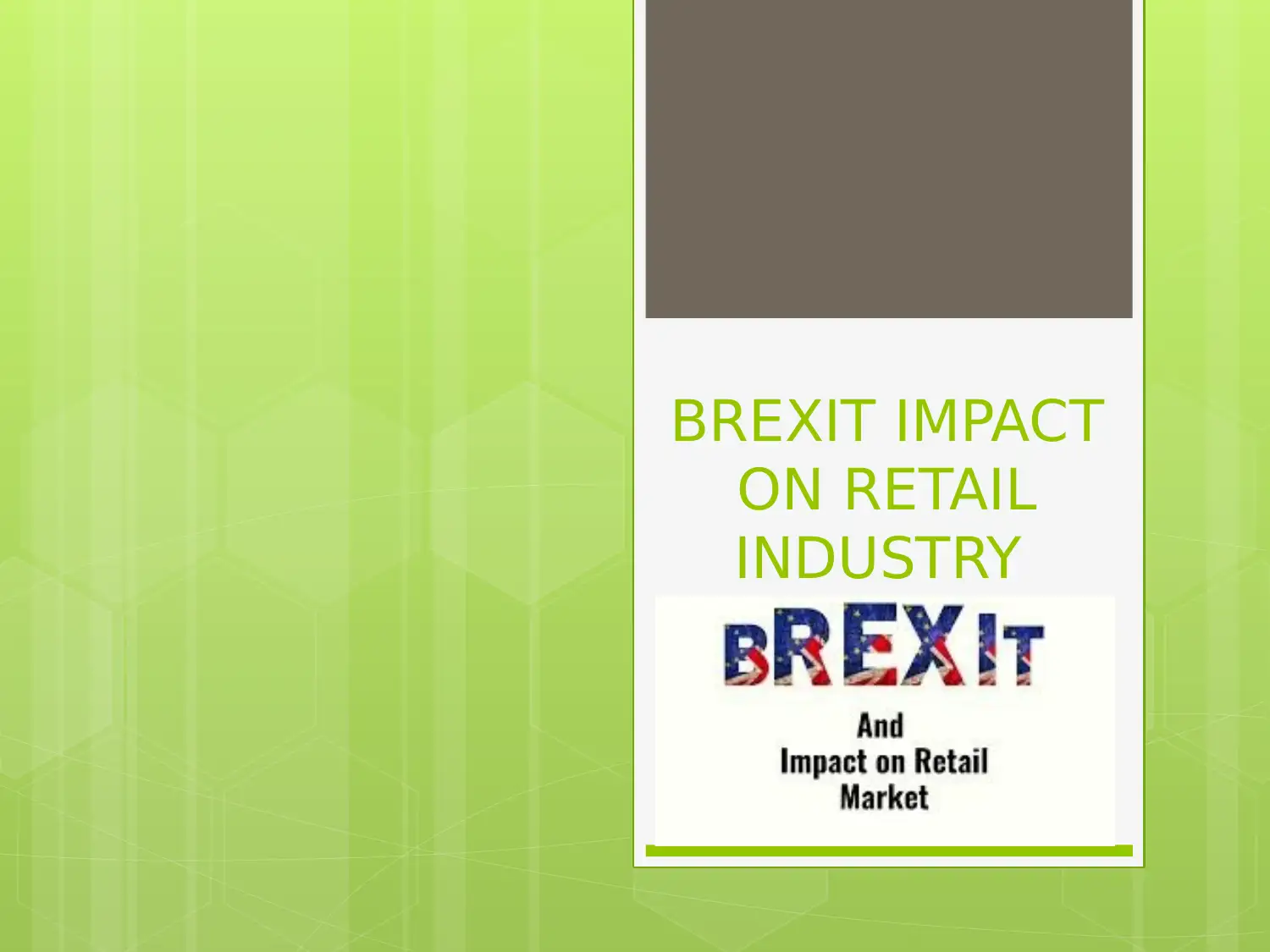
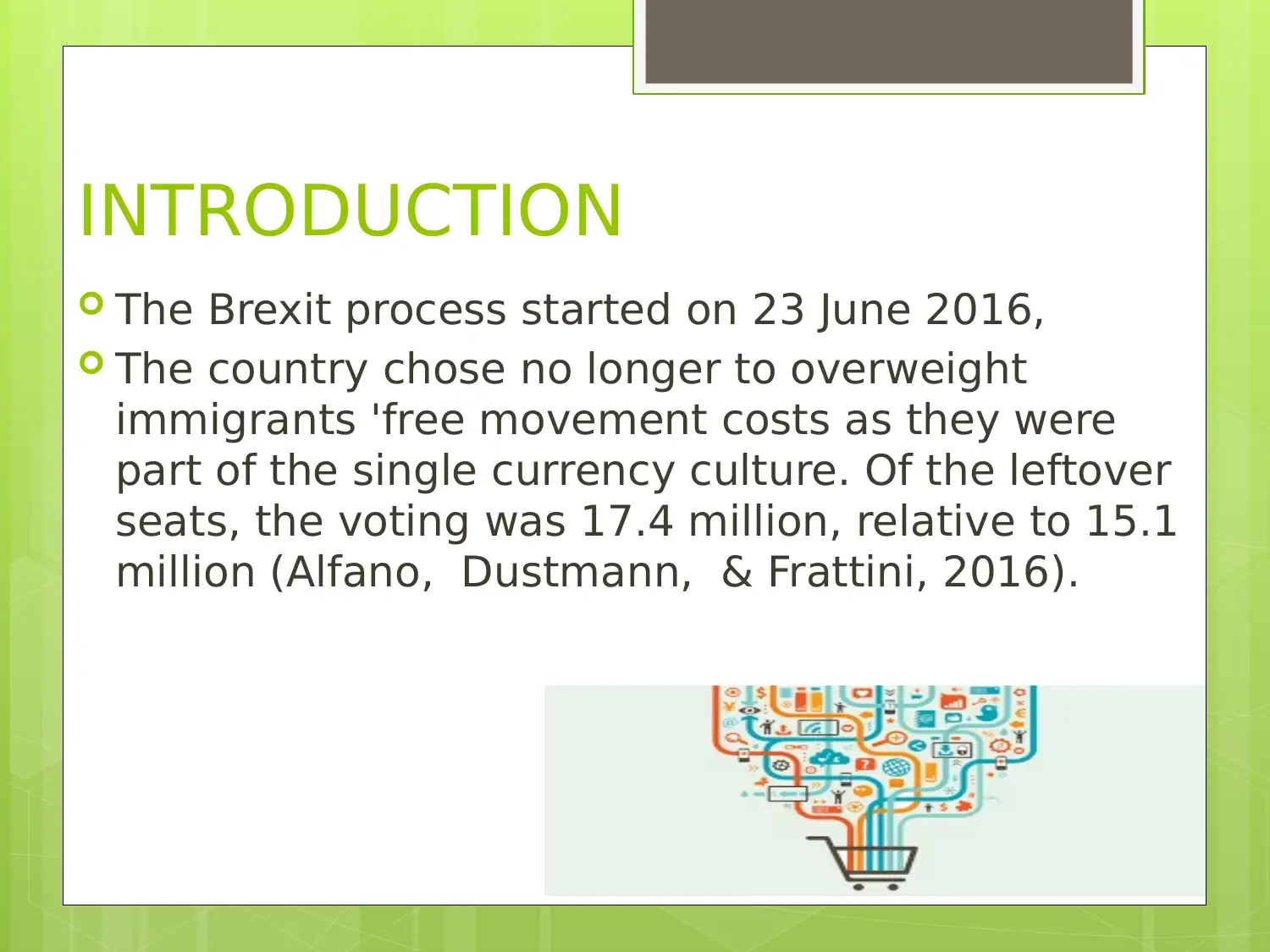
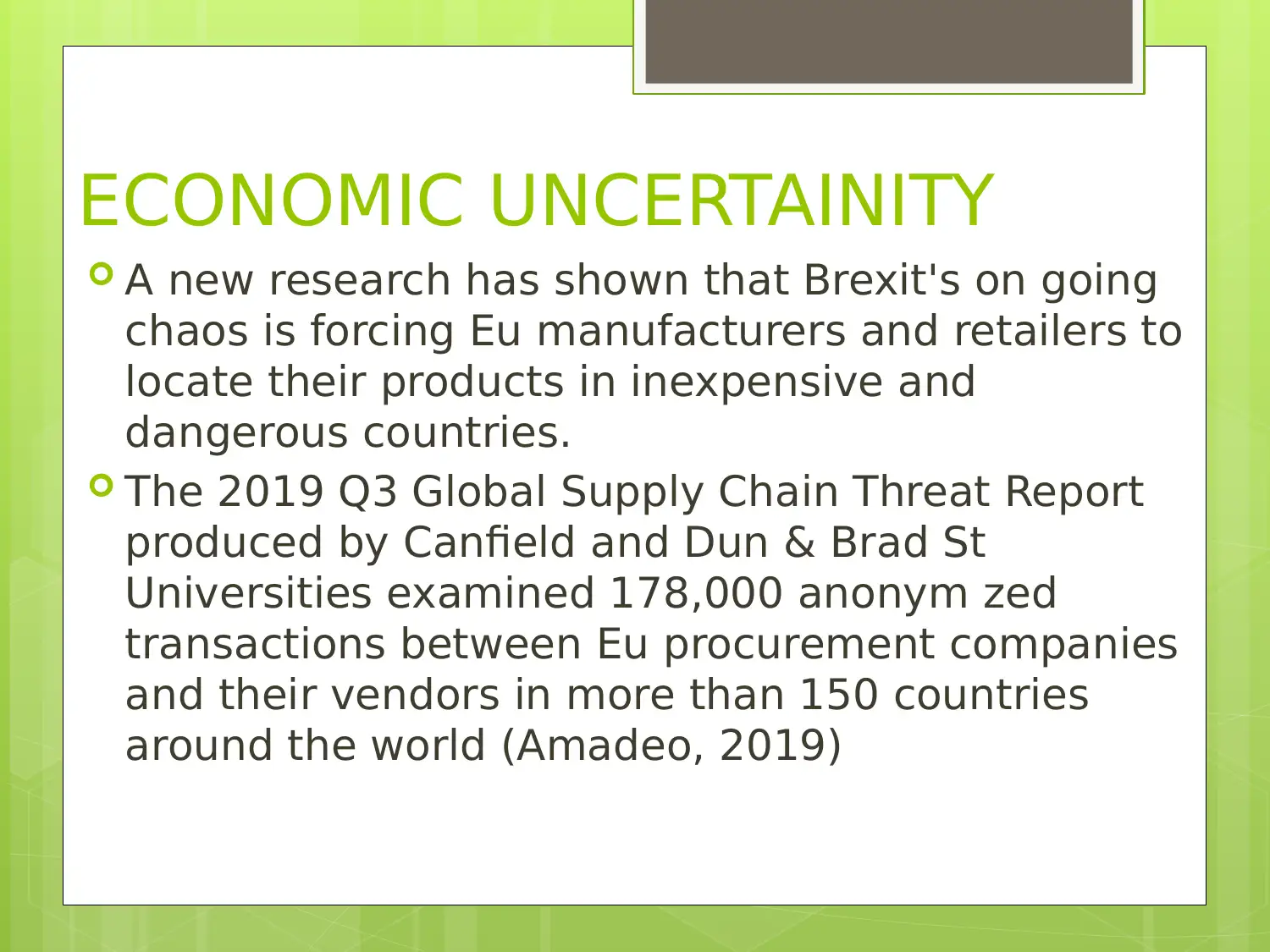
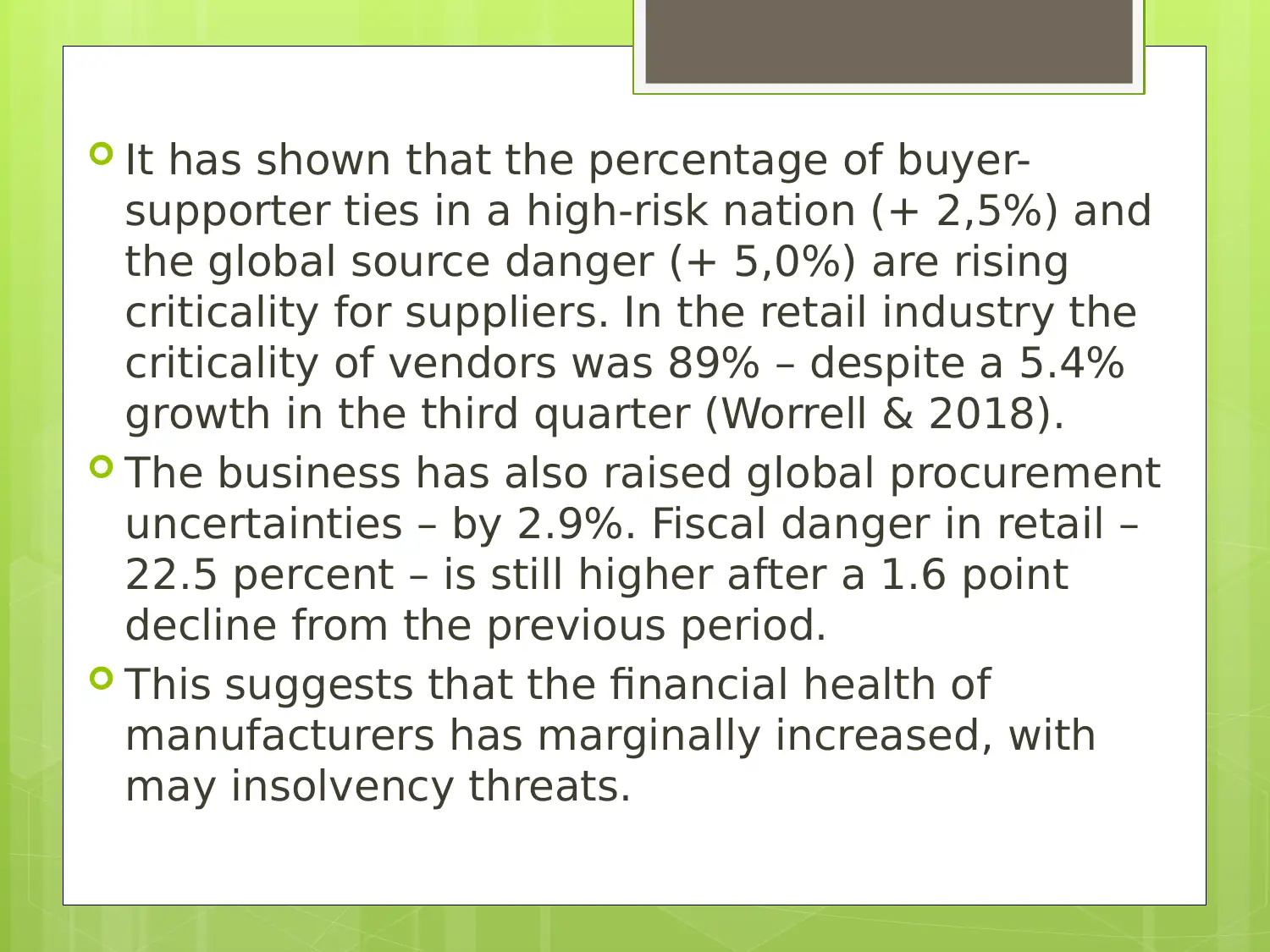
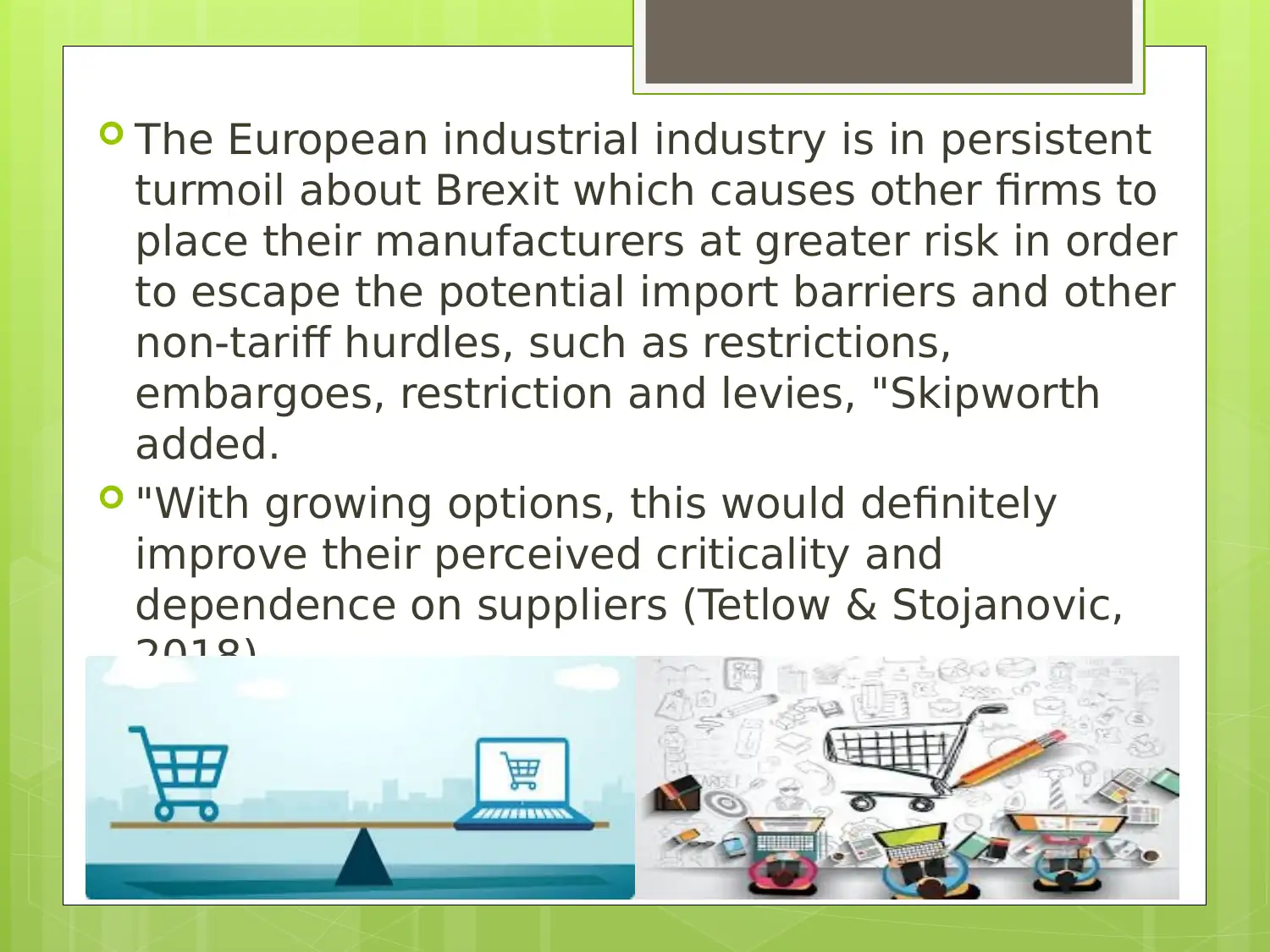
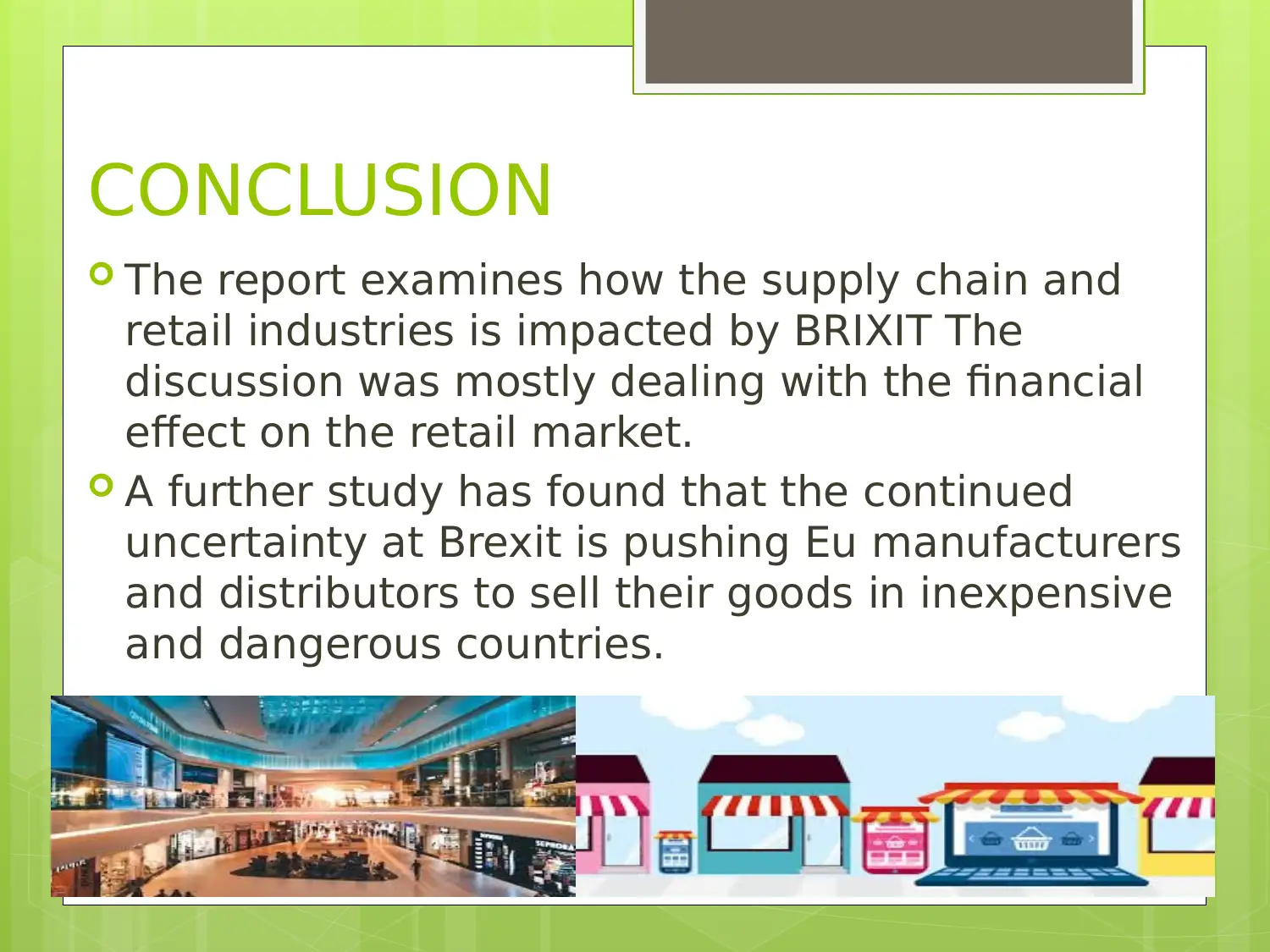
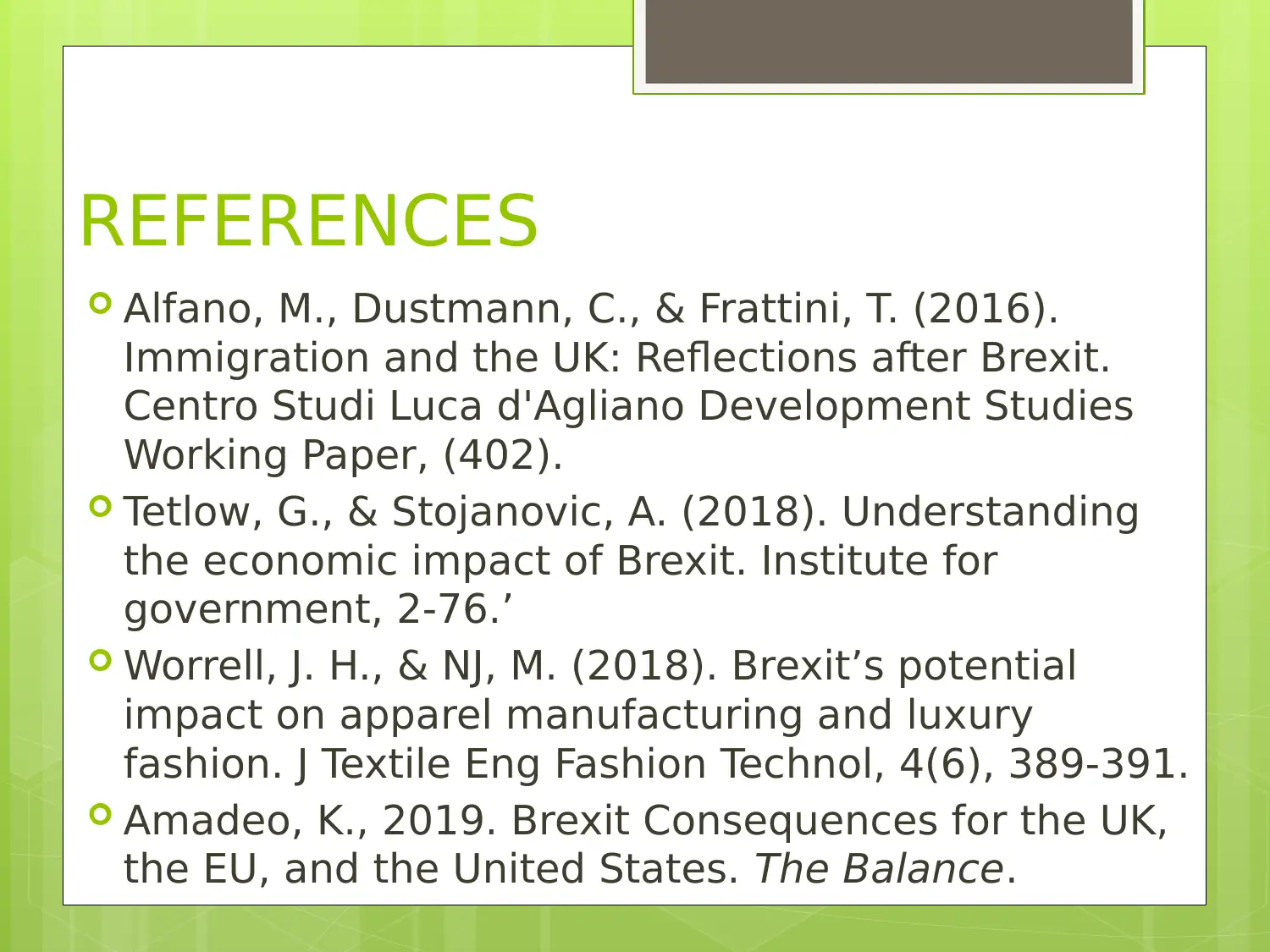
![[object Object]](/_next/static/media/star-bottom.7253800d.svg)